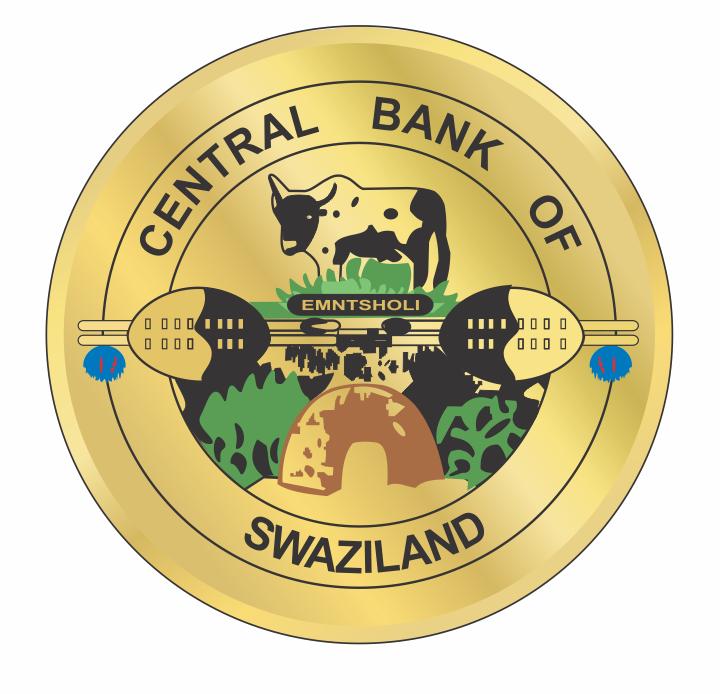Africa-Press – Eswatini. THE Monetary Policy Consultative Committee (MPCC) of the Central Bank of Eswatini (CBE) raised the main policy rate by 25 basis points (bps), to 4.0 per cent at its first meeting of this year. Oxford Economics Africa has reported that this represented the first increase from 3.75 per cent that the apex bank held steady over the past 18 months.
Correspondingly, the rate decision lifted the prime rate to 7.5 per cent. The CBE generally keeps its monetary policy rate aligned to that of the South African Reserve Bank (SARB), which also raised its repo rate by 25 bps to 4.0 per cent last week.
The online publication noted that the decision to hike rates was underpinned by upside risks to inflation, including imported inflation from South Africa (Eswatini’s largest trading partner) and higher oil prices.
The economists pointed out that the MPCC’s decision was likely further influenced by the hawkish pivot of the US Federal Reserve, which indicated that it intends to both start raising interest rates and end monetary stimulus via asset purchases in March, followed by reductions in its balance sheet. Faster normalisation of global policy rates was considered a particular risk for capital outflows, currency depreciation, and imported inflation.
Headline consumer price index (CPI) inflation rose to 3.5 per cent year on year (y-o-y) in December, from 3.0 per cent y-o-y in November, resulting in an average of 3.7 per cent for 2021. The largest contributors to December’s CPI reading on a y-o-y basis were transport (5.7 per cent), housing and utilities (3.9 per cent), and food together with non-alcoholic beverages (3.8 per cent).
Moreover, the monetary policy rate after adjusting for inflation was expected to increase slightly, with the real CBE discount rate to remain positive around 0.4 per cent given the central bank’s forecast that prices of goods and services should rise by 3.6 per cent y-o-y in the first quarter of this year. Oxford Economics Africa said CBE expects CPI inflation to accelerate to 4.0 per cent this year (previously: 3.8 per cent), before easing to 3.9 per cent in 2023 and thereafter rising to 4.2 per cent in 2024.
projected
In that regard, over the next two years, Oxford Economics Africa projected that consumer prices were likely to endure upward pressure from increased administered prices, elevated oil prices, higher import prices from South Africa, and a depreciation of the lilangeni via its peg to the rand.
Looking at international reserves, the publication highlighted that gross official reserves continued to recover, and by end-December 2021, they stood at E8.8 billion, representing a 10.4 per cent y-o-y increase.
Likewise, import cover stood at 3.5 months, marginally above the International Monetary Fund (IMF) minimum threshold of 3.3 months for Eswatini. On the economic front, growth slowed to a seasonally adjusted 3.1 per cent y-o-y in the third quarter of 2021 and the CBE estimated that the economy expanded by 5.9 per cent in 2021, after having contracted by 1.9 per cent in 2020.
It further projects subdued growth in Gross Domestic Product (GDP) of 2.4 per cent this year as base effects from the COVID-19 pandemic dissipate, before rising marginally to 2.6 per cent in 2023. Despite the softer outlook for domestic economic activity, the monetary policy rate is still deemed accommodative in consideration of the approaching upward trajectory for interest rates in the US and, by extension, South Africa.
For More News And Analysis About Eswatini Follow Africa-Press







